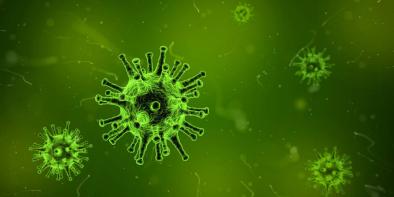Science Source
Climate change and allergic disease
- States climate change is potentially the largest global threat to human health ever encountered
- States that if current emissions and land use trends continue unchecked, the next generations will face more injury, disease, and death related to natural disasters and heat waves, higher rates of climate-related infections, and wide-spread malnutrition, as well as more allergic and air pollution-related morbidity and mortality
- Highlights links between global climate change and anticipated increases in prevalence and severity of asthma and related allergic disease mediated through worsening ambient air pollution and altered local and regional pollen production
- States the pattern of change will vary regionally depending on latitude, altitude, rainfall and storms, land-use patterns, urbanization, transportation, and energy production
- Suggests a number of practical primary and secondary prevention strategies are suggested at the end of the review to assist in meeting this unprecedented public health challenge
Related Content
Science Source
| The Lancet - Planetary Health
Temperature-related changes in airborne allergenic pollen abundance and seasonality across the northern hemisphere: a retrospective data analysis
Lewis H Ziska, László Makra, Susan K Harry et al
Science Source
| Proceedings of the National Academy of Sciences
The Changing Risk and Burden of Wildfire in the US
Marshall, Burke, Anne Driscoll et al
Science Source
| Proceedings of the National Academy of Sciences
Anthropogenic climate change is worsening North American pollen seasons
William R. L. Anderegg, John T. Abatzoglou, Leander D. L. Anderegg et al
Headline

Dec 16, 2019 | Princeton University
Climate change could make RSV respiratory infection outbreaks less severe, more common


